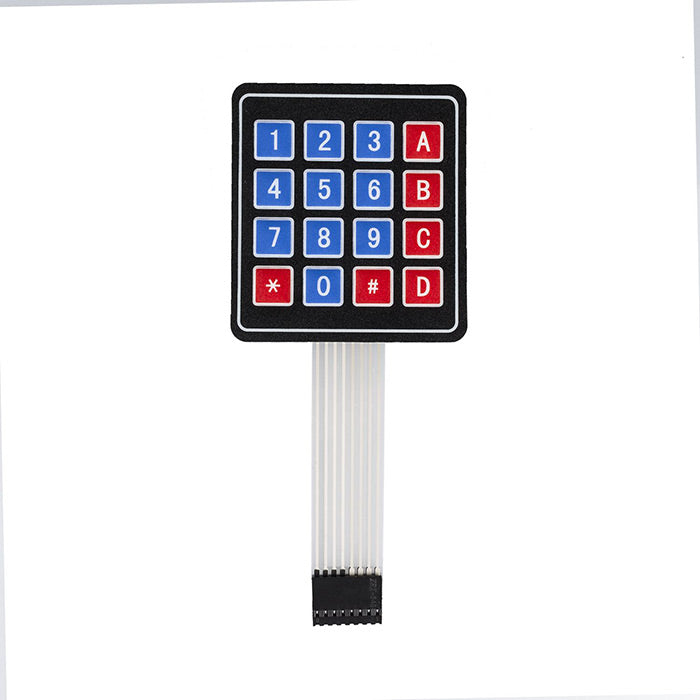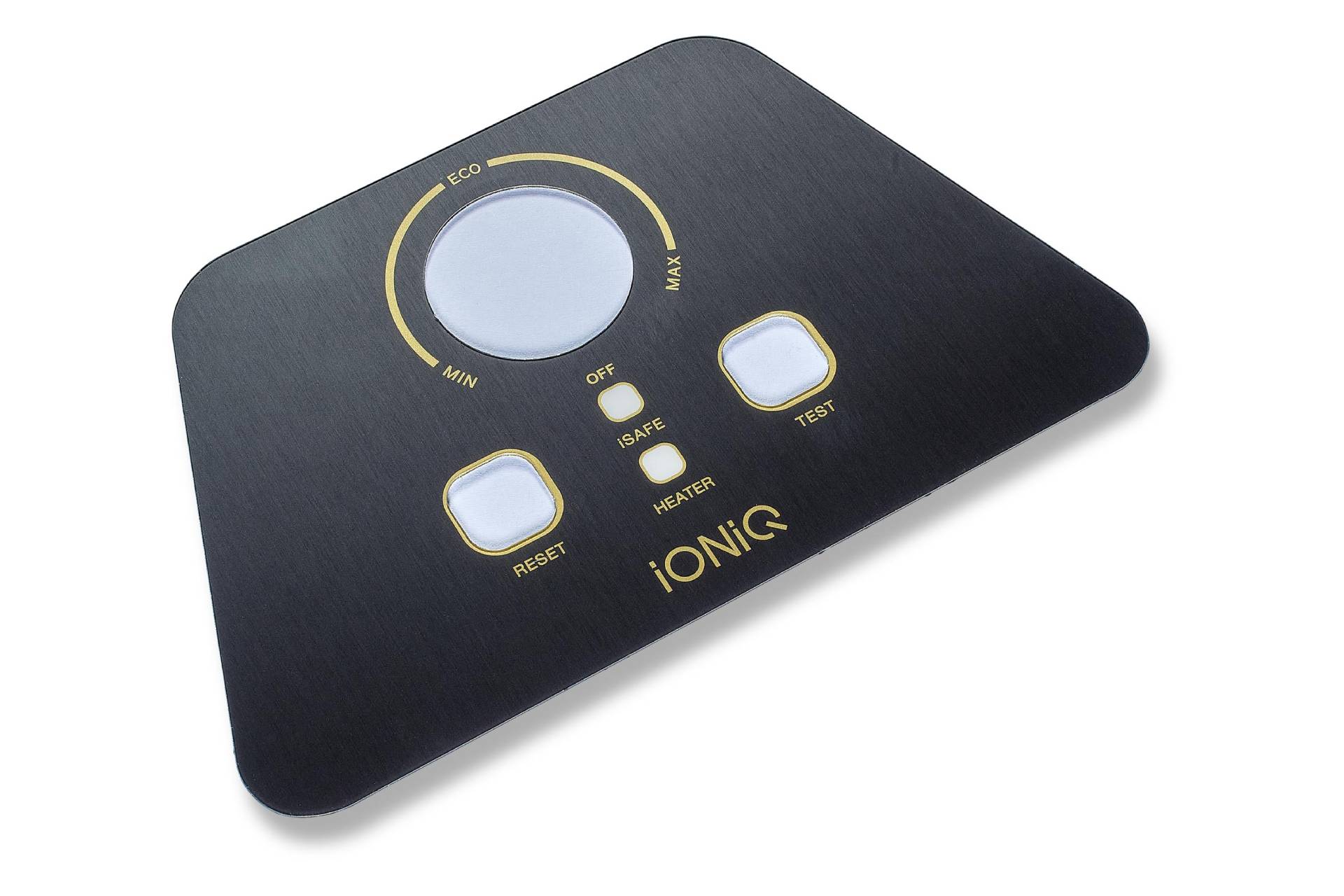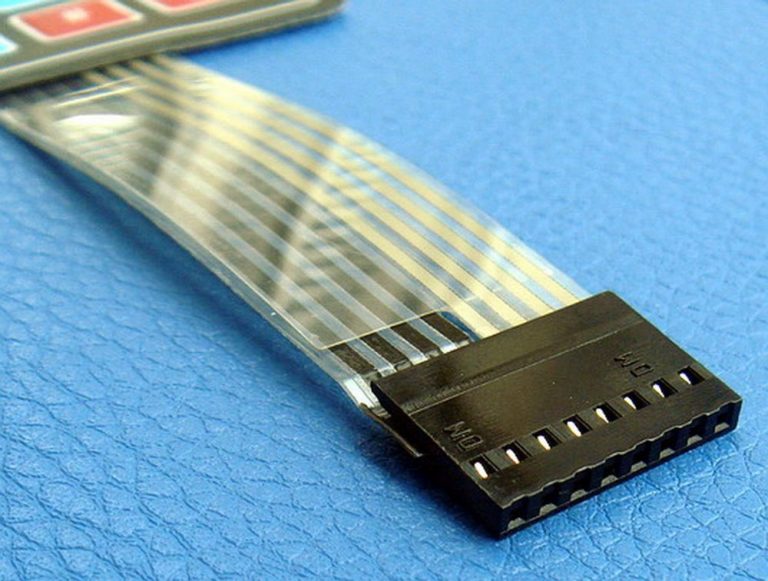Work with a Membrane Switch Manufacturer Dedicated to Quality
Recognizing the Relevance of Membrane Switch in Modern Electronic Devices and Their Applications
Membrane switches work as a vital element in contemporary electronics, providing an effective user interface for user communication. Their customizable and lightweight nature makes them appropriate for a variety of applications throughout diverse sectors. Understanding their crucial elements and advantages can supply understandings right into their growing importance. As technology remains to advancement, the development of Membrane switches questions regarding their future applications and style technologies. What exists ahead in this vibrant area?

What Are Membrane Buttons?
Membrane switches are crucial parts in modern electronics, acting as interface that assist in communication in between individuals and gadgets. These buttons include numerous layers, consisting of a graphic overlay, an adhesive layer, and a circuit layer, every one of which work with each other to create a sturdy and useful interface. The style allows for a level, low-profile service that can be personalized pertaining to size, form, and aesthetic appearance, making them ideal for various applications, from consumer electronics to clinical tools. The responsive comments given by Membrane switches over enhances customer experience, while their resistance to dirt and wetness makes them excellent for challenging environments. In addition, Membrane switches can include attributes such as backlighting and published graphics, even more broadening their usability. Their adaptability and robustness make them a recommended choice in sectors where integrity and convenience of use are paramount, inevitably contributing to the smooth procedure of contemporary digital tools.
Secret Components of Membrane Switches
While various elements add to the performance of a membrane button, three primary layers play considerable duties in its layout and operation. The leading layer, normally made from a long lasting polymer, works as the interface for individual communication, often including published symbols and graphics. Under this is the spacer layer, which maintains the necessary distance in between the leading layer and the circuit layer. This spacer layer assurances that the switch activates just when pressed, stopping unexpected inputs. Finally, the circuit layer contains conductive traces that finish the electrical circuit when the leading layer is depressed. These traces can be made from various products, consisting of copper or silver. Together, these parts develop a robust and reliable device that is small and flexible, appropriate for a vast array of electronic applications, from home home appliances to medical tools. Comprehending these vital parts is crucial for valuing the total capability of Membrane buttons.
Benefits of Making Use Of Membrane Switches

Membrane Switch Production Refine
Comprehending the Membrane button manufacturing procedure reveals the complex steps associated with creating these crucial components. The process usually begins with the layout stage, where layouts and specifications are developed utilizing specialized software application. Following this, the graphic overlay is published on an adaptable substrate, often using high-resolution printing techniques to ensure clarity and precision.Next, the sticky layers are used, which serve to bond the different components together. The circuit layers, made from conductive inks or products, are then printed onto a different substrate. These layers are thoroughly lined up and laminated to produce a functional switch.After assembly, the switches undertake evaluating to verify functionality and toughness. Quality control procedures are implemented throughout the process to identify and remedy any kind of problems. The completed Membrane switches are packaged and prepared for circulation, prepared to satisfy the needs of modern electronic applications.
Applications of Membrane Switches Over in Numerous Industries
Membrane buttons are increasingly utilized across different sectors, especially in medical tools and consumer electronics. In the medical field, they give trustworthy control user interfaces for devices that require exact operation. In consumer electronic devices, these buttons improve individual interaction by providing smooth and responsive interfaces. Receptive Medical Tools Control
Numerous contemporary medical devices use Membrane switches for streamlined procedure and improved user interaction. These buttons offer a reputable, durable interface for a selection of applications, consisting of analysis equipment, patient surveillance systems, and surgical tools. Their adjustable designs allow for details formats that can suit the unique requirements of healthcare specialists, making sure intuitive navigating and reliable access to important functions. Furthermore, Membrane buttons are immune to contaminants, making them ideal for clean and sterile atmospheres. The tactile responses they use can enhance user confidence, decreasing the threat of errors throughout important clinical procedures. Overall, the combination of Membrane switches in clinical tools substantially adds to improved functional effectiveness and person security in medical care settings.
Consumer Electronics Interfaces
In the domain name of customer electronics, Membrane buttons play a vital role in enhancing interface throughout a vast array of gadgets. These buttons are essential to products such as remotes, microwaves, and video gaming consoles, giving a effective and easy to use user interface. Their design enables for a smooth integration of graphics and performance, making it possible for manufacturers to create smooth, modern-day looks without endangering usability. Membrane buttons are also understood for their durability, usually holding up against considerable use and direct exposure to various environmental problems. Additionally, they can incorporate functions like backlighting and tactile feedback, additional improving the customer experience. As customer needs for sophisticated yet intuitive interfaces expand, Membrane changes remain to be a crucial component beforehand electronic device functionality.
Layout Factors To Consider for Membrane Switches Over
Creating efficient Membrane switches calls for cautious attention to various variables that affect both capability and individual experience. One important consideration is the option of materials, as they can impact resilience, tactile feedback, and aesthetic appeal. Picking an appropriate adhesive is important for assuring long-term attachment and resistance to environmental factors.In enhancement, the design and design of the button must suit individual interaction, with switch dimensions and spacing enhanced for ease of usage. The consolidation of graphics and labeling need to focus on clarity and exposure under various illumination conditions.Consideration of electrical features, such as actuation force and button level of sensitivity, will boost the responsiveness of the Membrane switch. The design must suit manufacturing procedures to assure cost-effectiveness and timely production. On the whole, a well-thought-out layout improves both the performance and the user experience of Membrane buttons in contemporary electronics.

Future Trends in Membrane Switch Technology
As innovation remains to this hyperlink progress, Membrane buttons are positioned to incorporate new innovations that will certainly boost their functionality and application in various areas. One considerable pattern is the unification of adaptable and he said durable products, which will certainly enhance the life-span and reliability of these switches. Enhanced surface area appearances and adjustable graphics are additionally anticipated, enabling even more user-friendly individual interfaces.Moreover, the integration of smart technology, such as touch-sensitive surfaces and haptic feedback, is expected to improve individual interaction, making Membrane switches over a lot more engaging and receptive. In addition, advances in printed electronic devices will certainly enable a lot more intricate wiring within thinner profiles, even more broadening style possibilities.Sustainability will certainly likewise play a vital duty in future advancements, as makers check out eco-friendly products and manufacturing processes. Generally, these fads will certainly ensure that Membrane changes continue to be relevant and essential in an interconnected and increasingly electronic world.
Regularly Asked Questions
Just How Do Membrane Changes Compare to Traditional Mechanical Switches?
Membrane switches deal advantages over typical mechanical switches, consisting of decreased size, lighter weight, and improved toughness. They normally offer a secured surface, enhancing resistance to dirt and moisture, making them ideal for diverse applications.
What Materials Are Generally Made Use Of in Membrane Switch Construction?

Can Membrane Switches Withstand Extreme Environmental Issues?
Membrane buttons can hold up against extreme environmental problems, relying on their layout and products. Premium buildings typically feature durability versus temperature level changes, humidity, and direct exposure to chemicals, making them ideal for various demanding applications throughout industries.
How Much Time Do Membrane Switches Over Commonly Last Prior To Failing?
Membrane changes generally display a lifespan varying from 1 to 10 million actuations, depending on variables such as usage frequency, ecological problems, and producing high quality. Regular maintenance can expand their longevity and functional reliability substantially.
Are Membrane Switches Customizable for Particular Applications?
Membrane buttons are without a doubt personalized for particular applications. They can be customized in size, capability, and design, allowing suppliers to fulfill unique individual demands and improve item visual appeals while preserving functional performance and toughness. Membrane buttons are important parts in contemporary electronic devices, offering as customer interfaces that help with interaction between devices and customers. The responsive feedback given by Membrane switches over enhances individual experience, while their resistance you could try these out to dust and wetness makes them ideal for challenging atmospheres. The consolidation of graphics and labeling must prioritize quality and presence under different lights conditions.Consideration of electrical attributes, such as actuation force and switch level of sensitivity, will enhance the responsiveness of the Membrane switch. Boosted surface structures and adjustable graphics are additionally anticipated, enabling for even more intuitive user interfaces.Moreover, the integration of clever modern technology, such as touch-sensitive surfaces and haptic feedback, is expected to boost customer interaction, making Membrane switches over more responsive and interesting. Membrane switches over offer benefits over typical mechanical buttons, consisting of reduced size, lighter weight, and enhanced toughness.